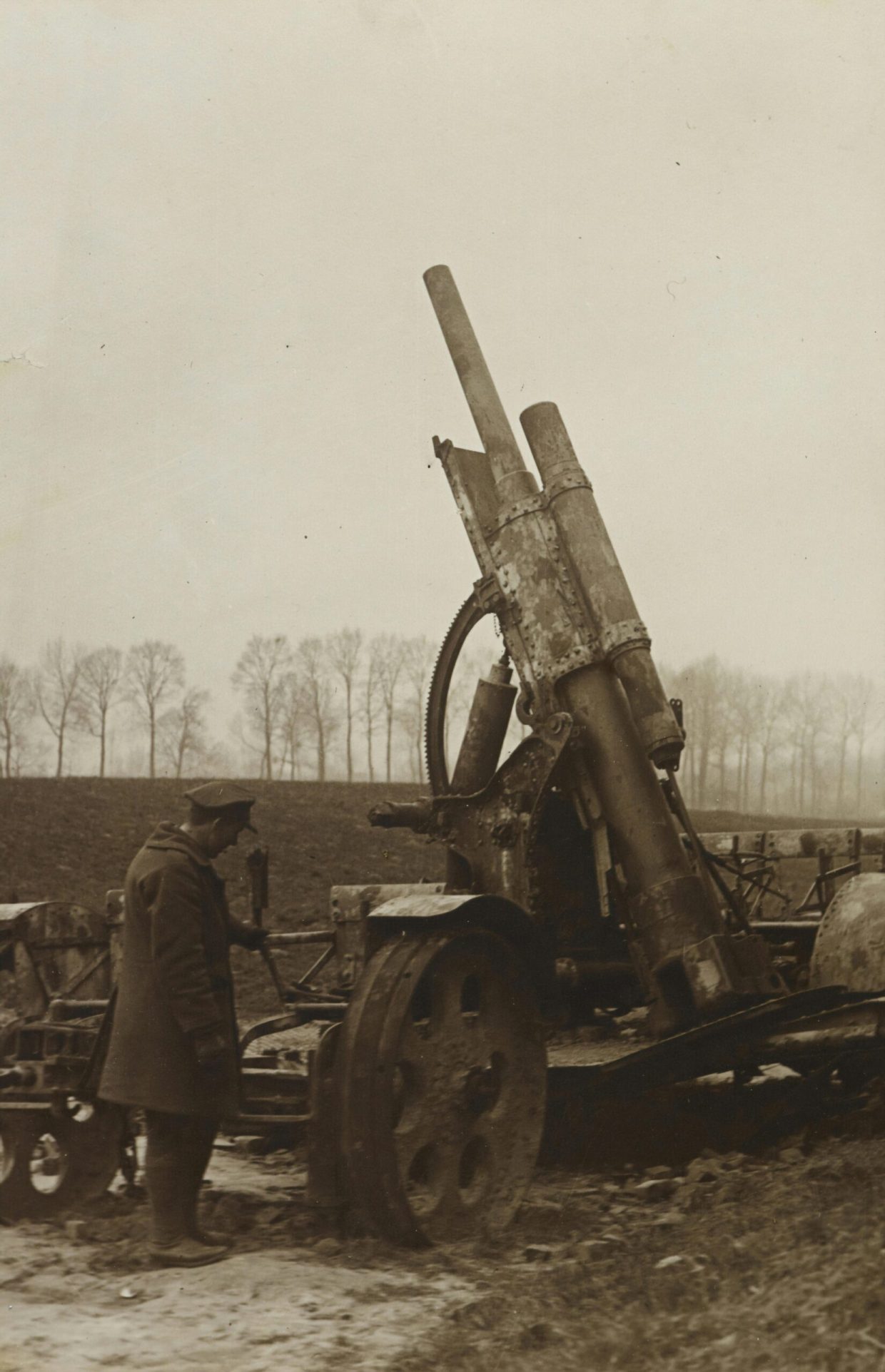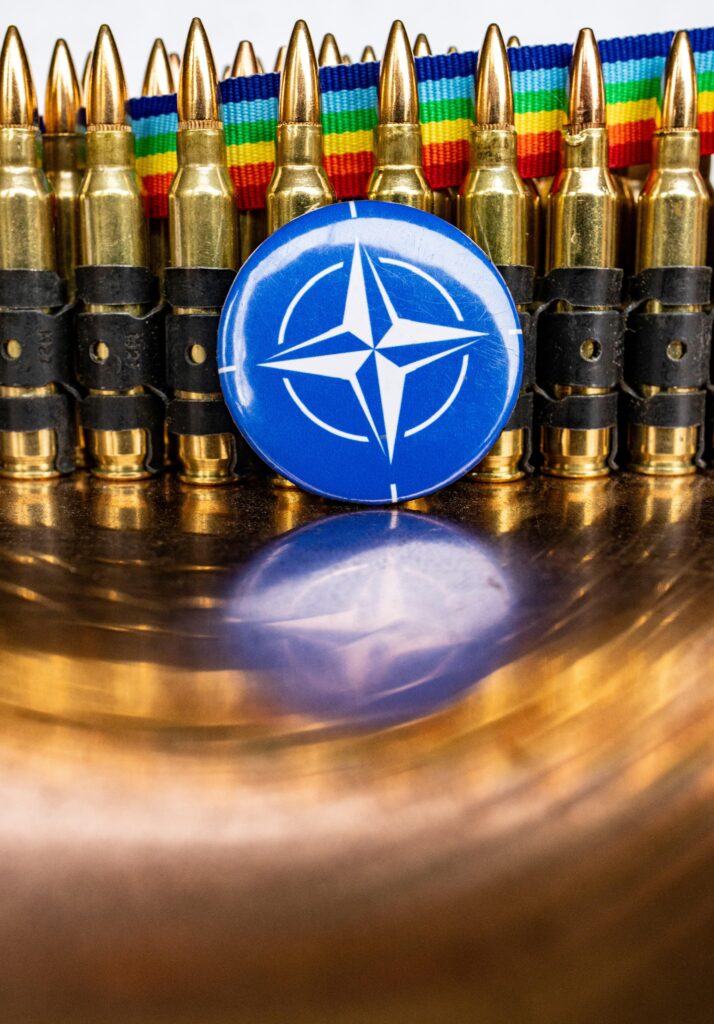The increasing complexity of modern aerial threats necessitates a rigorous evaluation of anti-aircraft systems to ensure optimal defense capabilities. This article presents a comprehensive analysis of current anti-aircraft technologies, focusing on their operational effectiveness within diverse combat scenarios. By systematically examining sensor integration, targeting accuracy, response time, and system interoperability, the study aims to identify critical performance metrics and potential vulnerabilities. The findings provide essential insights for defense strategists and engineers seeking to enhance the reliability and efficacy of layered air defense architectures in contemporary and future operational environments.
Table of Contents
- Evaluation Criteria and Performance Metrics for Anti-Aircraft Systems
- Analysis of Target Detection and Tracking Capabilities
- Assessment of Integration and Interoperability in Multi-Layered Defense Architectures
- Recommendations for Enhancing Operational Readiness and Response Efficiency
- Key Takeaways
Evaluation Criteria and Performance Metrics for Anti-Aircraft Systems
The assessment of anti-aircraft systems hinges on a comprehensive set of performance metrics that reflect both technical prowess and tactical viability. Key among these are detection range, tracking accuracy, and engagement success rate. Detection range determines how far the system can identify an aerial threat, directly influencing reaction time and defense depth. Tracking accuracy measures the system’s ability to maintain precise target data despite high-speed maneuvers or electronic countermeasures. Engagement success rate evaluates the percentage of threats neutralized versus those engaged, offering a direct indicator of operational effectiveness. Additional critical factors include system reaction time, resilience against electronic jamming, and integration capability with broader air defense networks.
To holistically gauge efficiency, evaluators employ both quantitative and qualitative methodologies, incorporating live-fire exercises, computer simulations, and battlefield data analysis. This multifaceted approach considers:
- Target acquisition speed: Time elapsed from detection to lock-on
- Probability of kill (Pk): Likelihood of successful interception per engagement
- Threat discrimination capability: Differentiation between hostile, neutral, and friendly objects
- Mobility and deployment efficiency: Time and resource metrics for repositioning and setup
- System uptime and reliability: Operational availability under various environmental conditions
Balancing these criteria ensures that decision-makers not only select systems with superior raw specifications but also those optimized for dynamic combat theaters, wherein adaptability and sustained performance are paramount.
Analysis of Target Detection and Tracking Capabilities
Modern anti-aircraft systems leverage advanced radar and sensor technologies to achieve precise target detection and continuous tracking. These systems employ multi-spectral sensors, including infrared and electro-optical devices, to enhance target acquisition in various environmental conditions. The integration of real-time data processing algorithms allows for rapid identification and classification of airborne threats, minimizing false alarms. Key parameters influencing detection capabilities include radar cross-section sensitivity, signal-to-noise ratio, and electronic counter-countermeasures (ECCM). Effective tracking maintains a robust lock on maneuvering targets by utilizing predictive trajectory modeling and adaptive filtering techniques, ensuring minimal latency between detection and engagement.
Operational effectiveness is further improved through network-centric warfare principles, where sensor data from multiple platforms are fused to create a comprehensive situational awareness picture. This interconnected approach allows for:
- Redundancy in tracking to mitigate the loss of individual sensors;
- Dynamic prioritization of threats based on speed, altitude, and behavior patterns;
- Automated handover between tracking assets to maintain continuous target monitoring.
Advanced anti-aircraft systems also emphasize adaptability, with upgrades enabling integration of artificial intelligence for predictive threat analysis, substantially improving reaction times and engagement accuracy under contested electromagnetic environments.
Assessment of Integration and Interoperability in Multi-Layered Defense Architectures
The seamless integration of various layers within modern air defense systems is paramount for achieving responsive and resilient coverage against evolving aerial threats. Critical to this integration is the interoperability between radar, command and control units, and missile launch platforms, which must operate in real-time to facilitate rapid target acquisition and engagement. Communication protocols and data fusion algorithms serve as the backbone of this architecture, allowing for the continuous exchange of high-fidelity targeting data. Standardized interfaces and modular software frameworks enhance adaptability, ensuring each component can be upgraded or replaced without compromising the overall system integrity.
Evaluating multi-layered defense architectures involves rigorous testing of system responsiveness under simulated warfare conditions. Key performance indicators include:
- Latency in data transmission between layers
- Accuracy of target tracking and threat identification
- Resilience to electronic warfare and cyber-interference
- Scalability to incorporate emerging missile and UAV threats
Addressing these factors ensures operational effectiveness is maximized, enabling forces to maintain air superiority through synchronized multi-tier defenses. Moreover, continuous feedback loops from field deployments drive iterative improvements, reinforcing the robustness and reliability of integrated air defense networks.
Recommendations for Enhancing Operational Readiness and Response Efficiency
To significantly enhance operational readiness and response efficiency, it is imperative to adopt a multifaceted approach that integrates advanced technology with comprehensive training protocols. Emphasizing real-time data analytics and automated threat detection systems can drastically reduce response latency. Additionally, continuous evaluation and upgrades of radar and missile guidance systems ensure superior target acquisition and interception rates. Maintaining a rigorous maintenance schedule and implementing redundancy protocols will mitigate system downtimes, ensuring consistent functionality during critical defense operations.
Furthermore, fostering inter-unit communication and joint operational drills is essential for cohesive action under high-pressure scenarios. Strategic simulations focusing on diverse threat environments must be institutionalized to sharpen adaptability and decision-making skills. Key recommendations include:
- Integration of AI-driven predictive maintenance to anticipate equipment failures before they occur.
- Regular cross-training exercises between radar operators, missile system crews, and command centers.
- Implementation of secure, high-bandwidth communication networks to ensure uninterrupted data flow during engagements.
- Adoption of modular system architectures for rapid upgrades and customization based on threat evolution.
These measures, combined with a culture of continuous improvement and real-time feedback loops, will position anti-aircraft units to operate with heightened precision and reliability.
Key Takeaways
In conclusion, the rigorous evaluation of anti-aircraft systems remains a critical component in maintaining and enhancing modern air defense capabilities. Through systematic assessment of detection accuracy, response time, engagement success rates, and integration within broader defense networks, military planners and engineers can identify existing operational strengths and address system vulnerabilities. Continued advancements in sensor technology, automation, and interoperability are essential to counter increasingly sophisticated aerial threats. Ultimately, the sustained effectiveness of anti-aircraft systems depends on a comprehensive approach that combines technical innovation with realistic operational testing and adaptive tactical doctrines.













